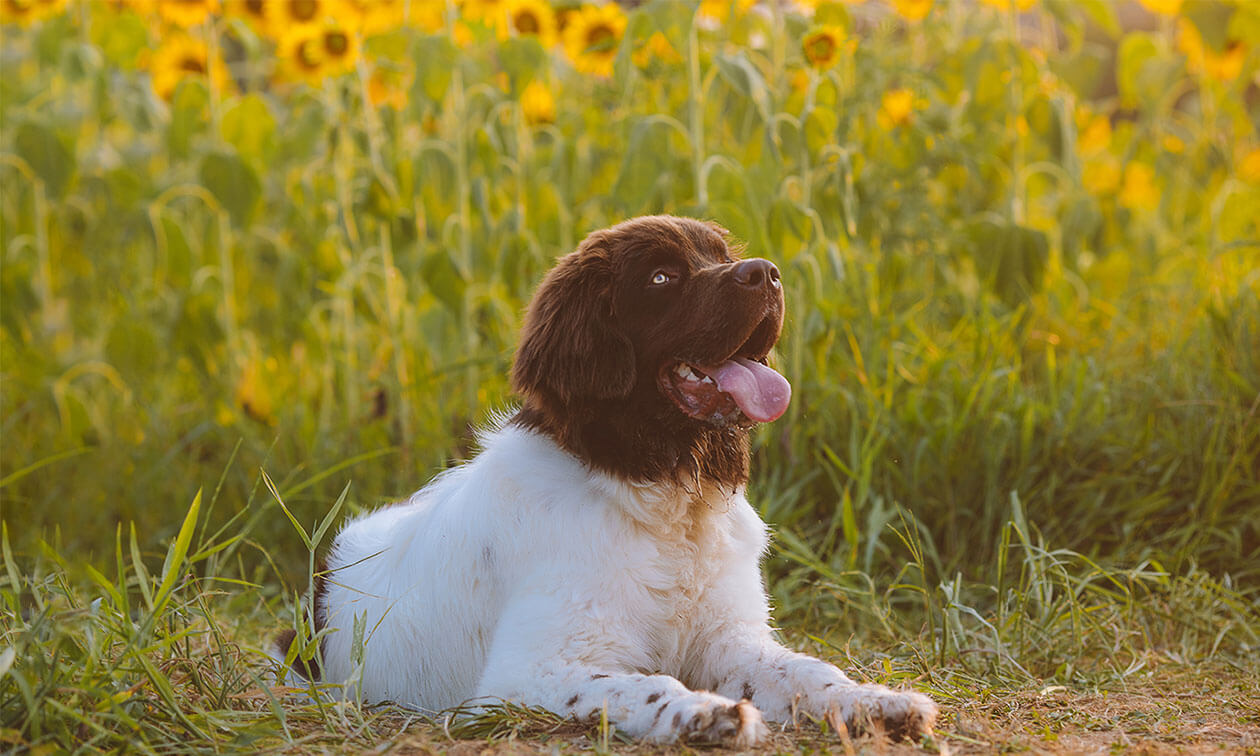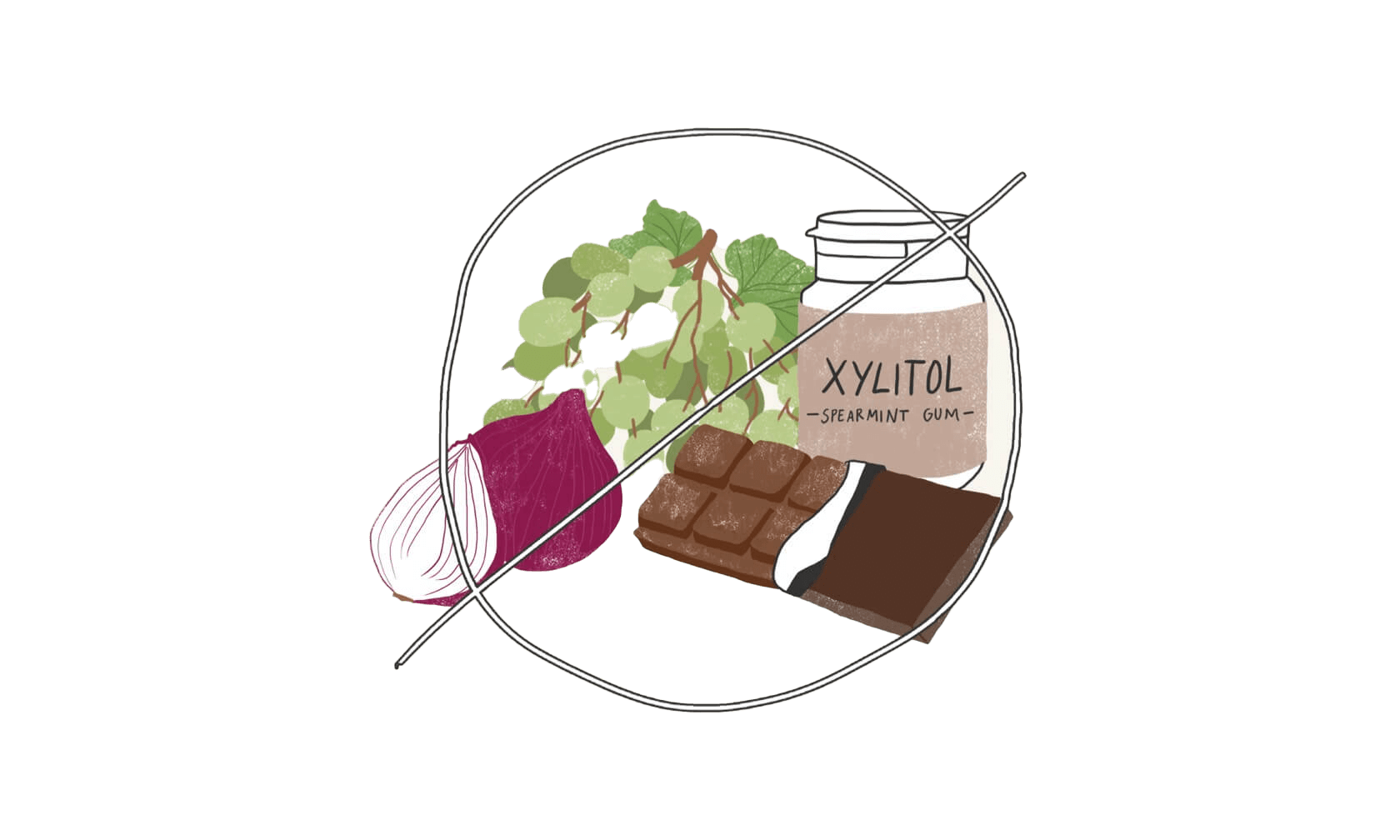Most of us love flowers and plants in our homes and on our patios, but are they safe for our dogs? You may not be aware that many common household plants are toxic or can cause problems to our canine friends. If you have plants, it's important to know which are safe for your dog and what signs to look for if they do happen to eat one that they shouldn't. Then you can have a lovely, calming space to share safely with your dog.
Plants That Are Toxic to Dogs
The list of plants below is not meant to be all-inclusive — it lists the plants we commonly have in our homes and yards. Before buying a plant, whether for indoor or outdoor use, look up the name of the plant to see if it's toxic to your dog.
These plants can cause serious issues throughout your dog's body, and many can have severe effects on the gastrointestinal tract.
- Amaryllis. Amaryllis plants cause vomiting, diarrhea, abdominal pain, excessive salivation, lack of appetite, and tremors.
- Autumn Crocus. Autumn crocuses cause irritation to the mouth, bloody vomiting, diarrhea, shock, damage to multiple organs, and decreases blood cells made in the bone marrow.
- Begonia. Begonias cause severe irritation and extreme inflammation of the mouth, drooling, and vomiting.
- Castor Bean Plant. Castor bean causes severe abdominal pain, drooling, vomiting, diarrhea, severe thirst, weakness, and change in appetite. Other possible symptoms include dehydration, muscle twitching, tremors, seizures, coma, and even death.
- Cyclamen. The most toxic part is the root. It causes severe gastrointestinal irritation, intense vomiting, and possibly death.
- Kalanchoe. Kalanchoe causes gastrointestinal irritation and has toxic effects on the heart, resulting in serious alterations to the heart's rhythm and rate.
- Lily. Lilies cause stomach upset, but if the bulb is eaten, it can cause a blockage of the stomach or intestines. There are different types of lilies, and some can be fatal if ingested. It is best not to have your dog exposed to any type of lily.
- Marijuana. Marijuana causes vomiting, diarrhea, drooling, increased heart rate, coordination issues, seizures, and slows central nervous system functions. Coma is possible.
- Milkweed. Milkweed causes vomiting and diarrhea most commonly, but it can also cause dogs to have difficulty breathing, abnormal or dilated pupils, and possibly liver or kidney failure. There are cases of dogs dying from it as well.
- Oleander. Oleander (sometimes called nerium) causes gastrointestinal irritation, abnormal heart function, low body temperature, and possible death.
- Sago Palm. All parts are toxic, with the seeds and nuts being the most toxic. It causes severe vomiting and diarrhea, blood clotting issues, liver failure, and possible death.
- Schefflera. Schefflera plants cause extreme drooling, vomiting, and difficulty swallowing. Additionally, it causes severe burning and irritation to the mouth, lips, and tongue.
- Tomato Plant. The tomato plant causes weakness, gastrointestinal issues, drowsiness, dilated pupils, slow heart rate, and confusion.
- Tulip. Tulips cause intense gastrointestinal irritation, drooling, loss of appetite, convulsions, heart abnormalities, and slows central nervous system functions. Eating the bulb can cause a blockage of the stomach or intestines.
- Yew. Yew trees cause trembling, coordination issues, breathing issues, gastrointestinal irritation, and cardiac failure, which can result in death.
These plants primarily cause gastrointestinal upset in dogs1:
- American Holly. American holly causes vomiting and diarrhea if ingested.
- Azalea. Azaleas cause only mild stomach upset, but ingestion of large amounts can cause an irregular heartbeat and seizures.
- Baby's Breath/Maiden’s Breath. Baby’s breath causes vomiting and diarrhea.
- Chrysanthemum. Chrysanthemums (also called mums) cause drooling, vomiting, and diarrhea. Ingestion of large amounts can cause depression and lack of coordination.
- Daffodils. Daffodils cause stomach upset that is usually mild but can become severe. Eating the bulb can cause a blockage of the stomach or intestines.
- Gladiolus. Gladioslus causes vomiting, diarrhea, drooling, and lethargy.
- Hosta. Hostas cause stomach upset that is generally mild but can be severe.
- Hydrangea. Hydrangeas cause only mild stomach upset. This plant contains cyanide, but cyanide poisoning in dogs is very unlikely.
- Ivy. Ivy causes mouth pain, vomiting, diarrhea, abdominal pain, and drooling.
If you suspect your dog has signs of plant poisoning, seek veterinary care. Do not delay, as symptoms can progress without treatment.
Plants That Are Safe for Dogs
The plants listed below are considered safe for dogs. This means they are not expected to cause life-threatening issues for your dog. However, it is important to know that any plant material may potentially cause vomiting and gastrointestinal upset, especially if they eat large quantities.
Remember, every dog is unique, as is their reaction to things. If your dog samples one of these non-toxic plants, be sure to monitor them closely. Seek veterinary care immediately if you notice any changes or concerning signs develop.
This list is not all-inclusive but covers the most common indoor and outdoor dog-safe plants for your home.
Safe indoor plants for dogs include1:
- African Violet
- Areca Palm
- Baby Rubber Plant
- Christmas Orchid
- Friendship Plant
- Dwarf Banana Plant
- Prayer Plant
- Purple Waffle Plant
- Spider Plant
- Wax Plant
Safe outdoor plants for dogs include1:
- Black Haw
- Camellia
- Coral Bells
- Cornflower
- Feather Palm
- Fennel
- Moss Phlox
- Nasturtium
- Rosemary
- Sunflower
ZPC-03217
- “Poisonous Plants.” ASPCA, 2015, www.aspca.org/pet-care/animal-poison-control/toxic-and-non-toxic-plants.



